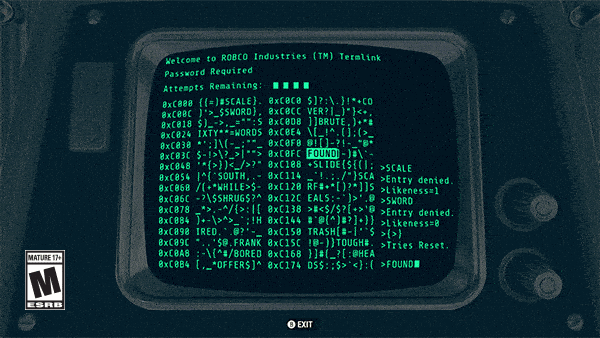- /dev/stdout – a Newsletter
- Posts
- Issue #001
Issue #001
The beginning

Welcome to the inaugural issue of my fresh-from-the-oven newsletter /dev/stdout [ˈstændərd ˈaʊtpʊt], the Issue #001. In this short post I go through the thoughts behind of writing the newsletter, and introduce myself briefly.
For those of you who might not know me, I’m Pyry, software consultant based in Berlin, Germany. My path has involved a lot of work in software and data engineering, but for quite some time, I've been deeply involved in DevOps and infrastructure.
Why this, why now?
For many years I have been pondering on whether I should start a tech blog or something similar. In the past I never really felt that I had anything to say or the time was otherwise not right for various reasons, my interest being in other aspects of life. However I still felt the urge to start writing and decided to do it – finally.
A little anxious, though publishing content is not all new to me. In the past I and my former co-founder had a YouTube channel (Fun times, right? - if you happen to read this Samuel). I vividly remember the excitement, the stage fright and all that from when we were making, and especially before publishing the videos. Now I notice get the exactly same feelings as I plan the release of this very first issue of the newsletter. And that’s a good, I got again out of my comfort zone – that’s where the growth happens!
So, here I go, not doing YouTube, but writing a good old email newsletter.

Gif by bethesda on Giphy
The Standard Output
Standard output is a fundamental part of the computer system that handles the output of commands and programs. At my work I use standard output either directly when, say writing Bash scripts, but it is also implicitly used by most of the applications, one way or another.
I envisioned the newsletter to be my business's standard output, sort of similar to what I use when writing Unix commands, but on a very different abstraction level.
I chose this name to symbolize my goal: to provide a direct, clear, and reliable stream of information to my readers.
I also thought of the trade-offs of the rather technical name. I concluded that one of them is quite likely worse SEO ranking than what more traditional names might have. And another limitation is the size of the audience who know the reference immediately.
To slightly mitigate the latter, and as a bit of a gimmick, I added IPA pronunciation guide on the newsletter description. What comes to SEO, I do not think it is a big issue for this very newsletter. I do not expect people to find the newsletter by the name on Google, regardless of what the name would be.
What can you expect from the newsletter
I’m aiming to write things that I have seen, learned helpful or used at work as a software consultant.
You can expect some bit deeper technical posts, but also something touching upon the business side, as in the end that’s what I’m helping my customers to solve, their business problems. At the end of the day, tech is done by humans, therefore I might write about efficient team work, processes and other similar socio-technical topics too.
Topics I plan to write about during the next months:
Developer Experience
DevOps
Cloud and Infra
As I’m currently only building up my writing habit, I’m aiming to publish twice per month. We’ll see how ambiguous that turns out to be, but right now I see it doable.
Join my journey!
I’ve never been much of a solo-traveler, in fact I think I never really traveled solo, and I see this journey no different. Therefore I hope that you can join me by either by subscribing, commenting, even just saying Hi.
Hopefully you got to know me a little and learned some my thoughts behind the idea of writing the newsletter. For me this issue is a big milestone crossed. Therefore it felt important to publish it, while I get that the information value of this might not be the most significant for the readers like yourself.
What’s next?
Next I’m going to dive into the topic of an Software Bill of Materials and how organizations can leverage it to improve their security posture, manage license compliance and gain detailed knowledge on the applications in their tech stack.
Thanks for reading and see you next time!
Best,
Pyry
P.S. As I tend to listen to music when I write anything, I figured to share you one song I listened to while writing this post. Hope you like it!


Reply